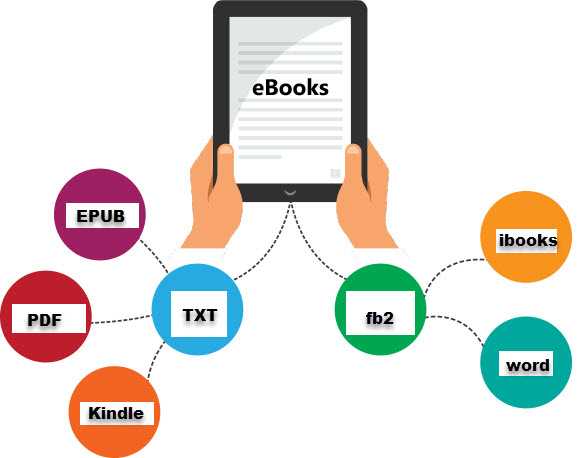EPUB files and PDF files are two popular formats used for digital documents, each with its own advantages and disadvantages. Here’s a comparison of the two formats:
EPUB Files:
Advantages:
- Dynamic Layout: EPUB files have a responsive design that adapts to different screen sizes and orientations, providing a consistent reading experience across various devices.
- Reflowable Text: EPUB files allow readers to adjust the font size, line spacing, and other display settings according to their preferences, enhancing readability.
- Multimedia Support: EPUB 3 format supports multimedia elements like videos, audio files, and interactive content, enabling a more interactive and engaging reading experience.
- Table of Contents and Navigation: EPUB files can have a built-in table of contents and navigation features, making it easy for readers to navigate through the document.
- Accessibility: EPUB files can be designed with accessibility features like text-to-speech, screen reader compatibility, and adjustable contrast, making them more inclusive for individuals with disabilities.
Disadvantages:
- Complex Formatting: EPUB files may not fully retain complex formatting elements, such as intricate page layouts, advanced typography, or precise image placements, especially when converting from other formats.
- Limited Print Quality: EPUB files are primarily optimized for digital viewing and may not offer the same print quality as PDF files when printed on paper.
- Limited Offline Access: EPUB files require compatible e-book reader apps or software to be opened, limiting offline access unless the files are downloaded or cached in advance.
PDF Files:
Advantages:
- Fixed Layout: PDF files retain the original formatting, fonts, and layout of the document regardless of the device or software used to view them. This makes them suitable for preserving complex designs, such as forms, brochures, or articles with precise formatting.
- Print Quality: PDF files are designed to maintain high-quality print output, making them ideal for documents that need to be printed or shared in a physical format.
- Universal Compatibility: PDF files can be viewed and printed using various software applications and operating systems, as dedicated PDF readers are widely available.
- Document Security: PDF files can be encrypted, password-protected, or restricted from editing or copying, providing enhanced document security.
Disadvantages:
- Limited Reflowability: PDF files are typically fixed-layout, which means the content does not automatically adjust to different screen sizes. This can make reading and navigating on smaller screens challenging without zooming or scrolling.
- Lack of Multimedia Support: PDF files have limited support for interactive elements or multimedia content, making them less suitable for highly interactive digital publications.
- Large File Size: PDF files can have larger file sizes compared to EPUB files, particularly if they contain high-resolution images or complex graphics. This can impact file storage and download times.
In summary, EPUB files are well-suited for dynamic and reflowable content with multimedia elements, while PDF files are better for preserving complex layouts and print quality. The choice between the two formats depends on the specific requirements of the document and the intended use case.
SHARE
